Which spring bulbs come back every year? The best low-maintenance options you can leave in the ground
Add these spring-flowering perennials to your radar
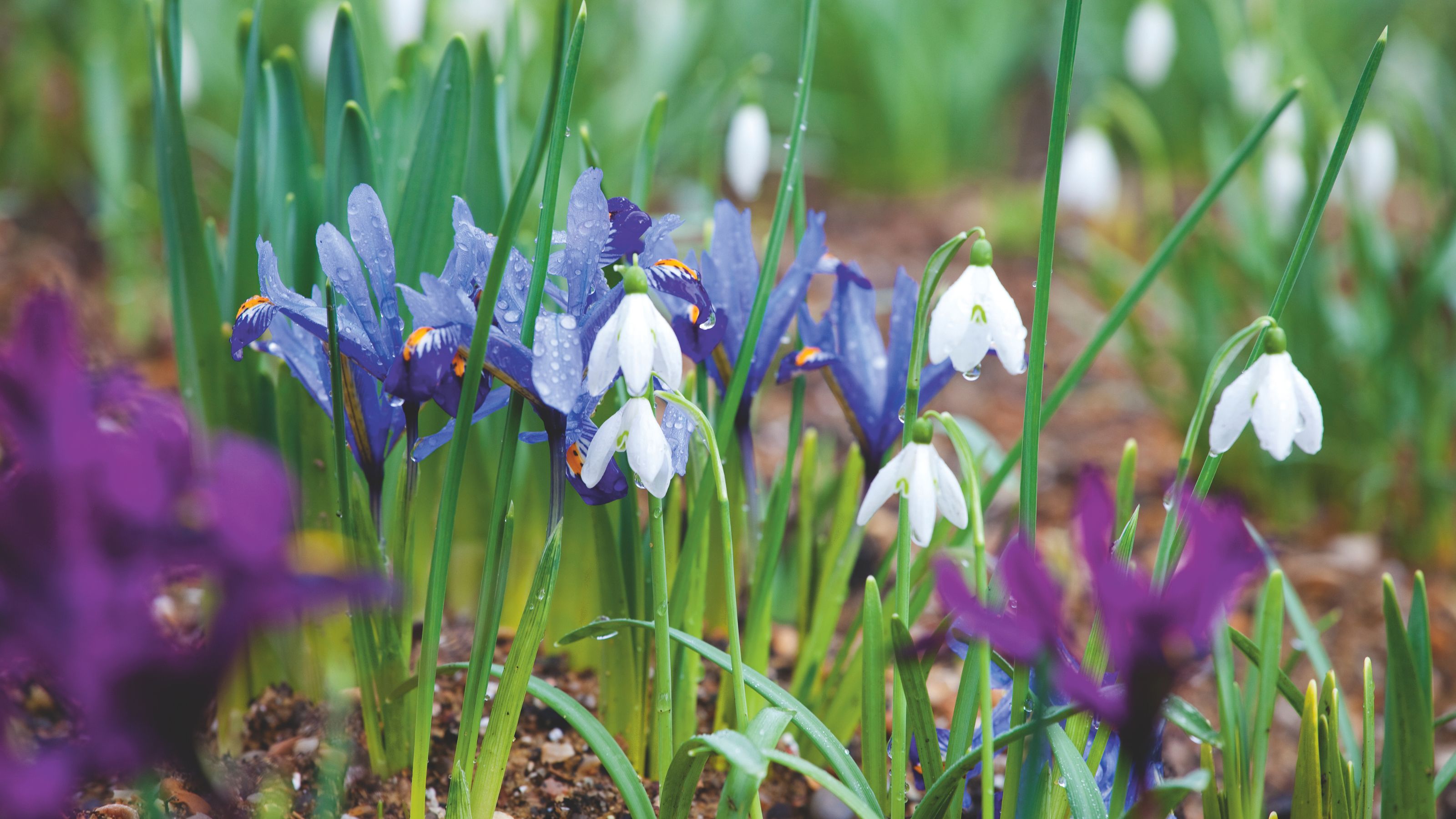

If, like us, you're excited to go shopping for spring bulbs this autumn, you might be wondering which spring bulbs come back every year.
Luckily, the list is long. Learning how to plant bulbs is rewarding because many spring-flowering varieties are perennial, meaning the blooms return year after year. As long as you know when to plant bulbs for spring and you've chosen the right location, they'll do the work for you.
'Most bulbs do come up year after year,' agrees Sarah Squire, chairman of Squire’s Garden Centres. 'To get going, select a spot in your garden where there is plenty of space and you would be happy for the flowers to return each year. Carpets of flowering bulbs certainly make for a wonderful sight in spring.'
But which spring bulbs come back every year? It's important to note that most spring bulbs are perennial, but we've rounded up the ones you'll want on your radar this season.
1. Crocuses
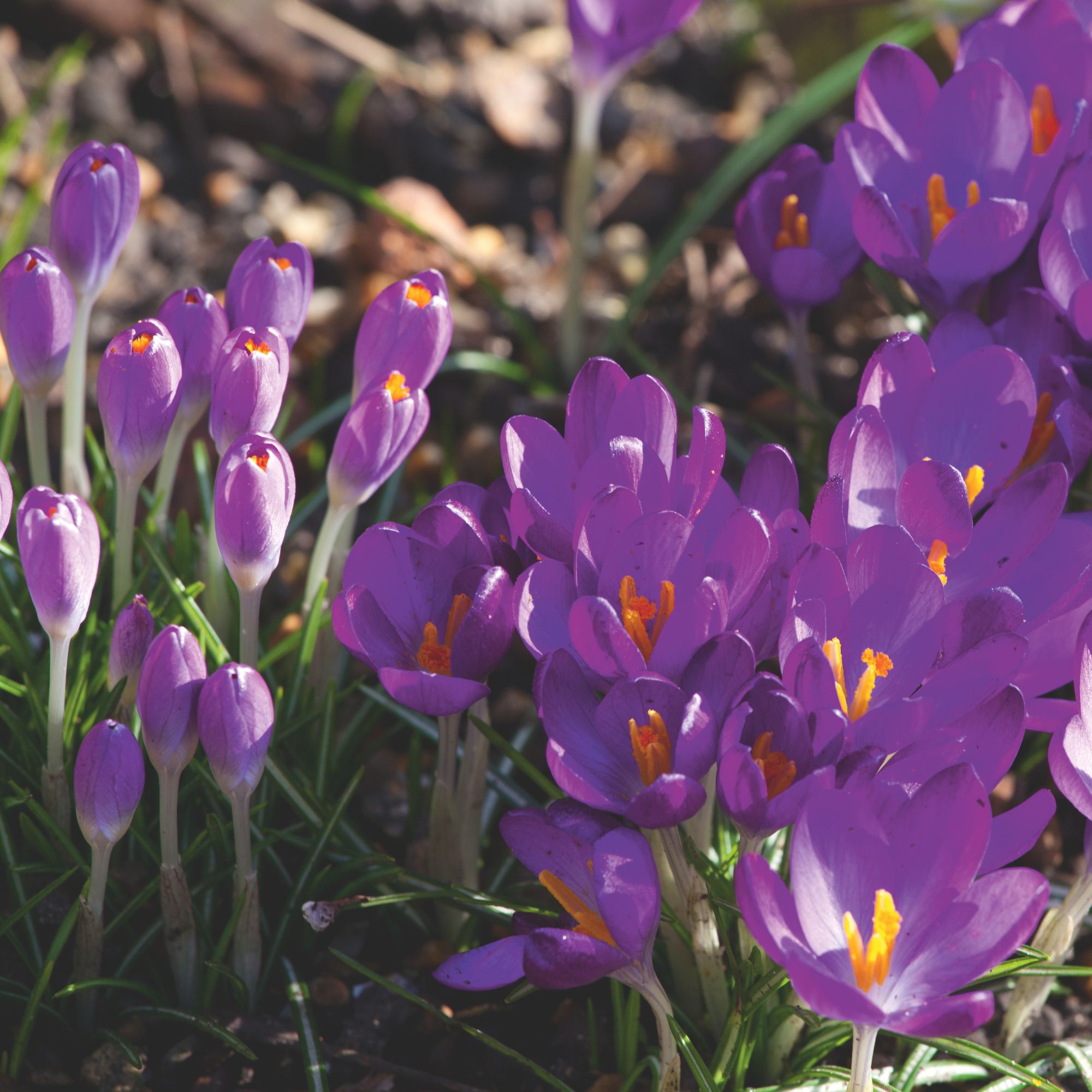
First up on our list of spring bulbs that come back every year are crocuses. These vibrant flowers are among the first to appear, blooming from late winter.
'If you're looking for a plant that has a high probability of multiplying each year, then you can't go far wrong with crocuses,' says Andrew White, resident gardening expert at Rhino Greenhouses Direct. 'Each spring, crocuses will come back into bloom, and you'll often find that you have a lot more than you ended last season with!'
Once you've figured out when to plant crocus bulbs, you can look forward to seeing the blooms next year. They're easy to care for, and you can let them die back without deadheading. They're also one of the best spring bulbs for shade if you're looking to fill a shadowy corner.
Get the Ideal Home Newsletter
Sign up to our newsletter for style and decor inspiration, house makeovers, project advice and more.
Where to buy crocus bulbs:
- Thompson & Morgan: Take your pick from this beautiful selection of crocus bulbs.
- J. Parker's: More colourful crocus bulb varieties are available to choose from.

Andrew White is Rhino Greenhouses Direct's resident gardening enthusiast with over eight years' of experience in gardening and greenhouse-related topics. When Andrew isn't sharing his expert advice, he is busy working as the service and sales manager for Rhino Greenhouses Direct.
2. Daffodils
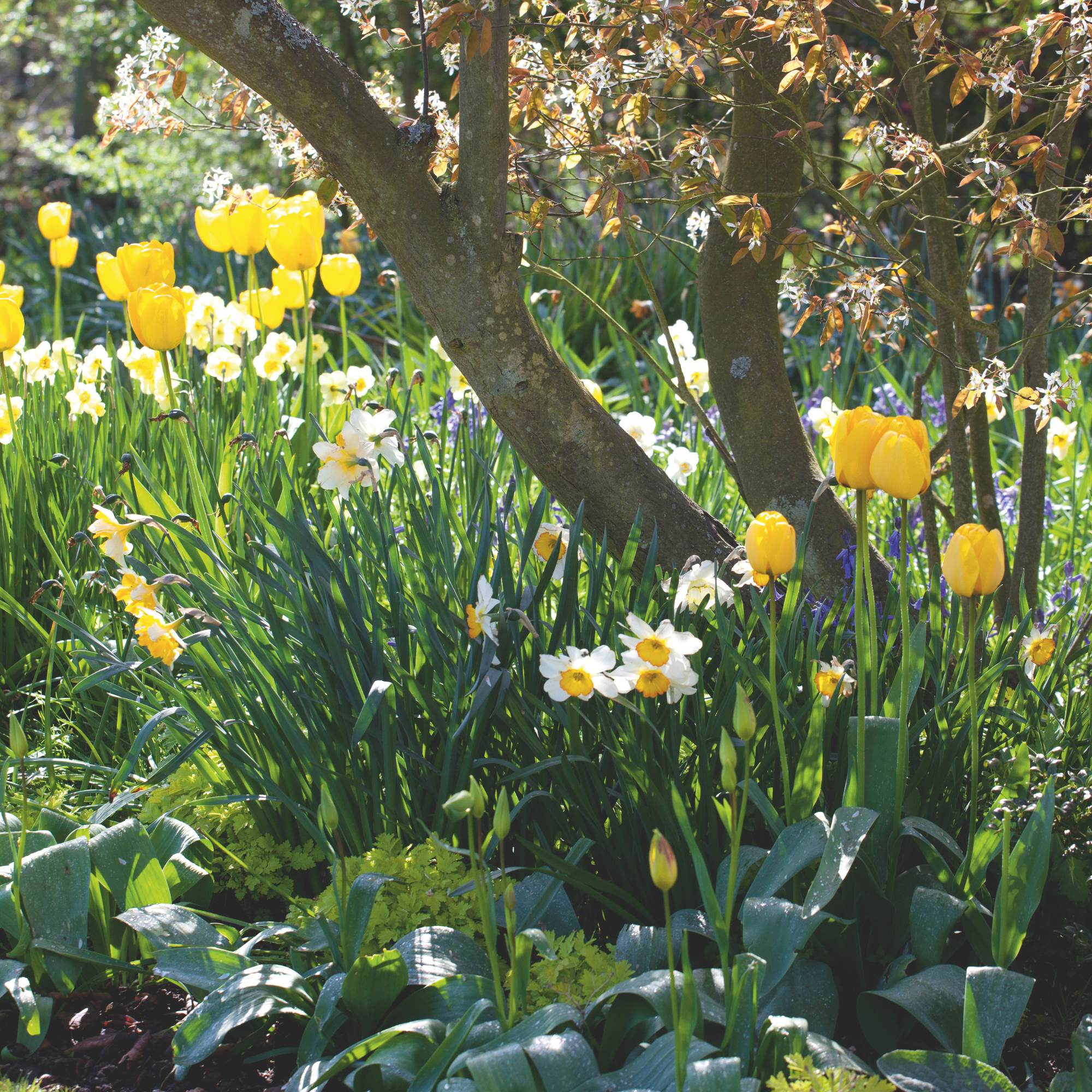
Next up are daffodils, one of the surest signs that spring has arrived. You've probably already guessed that these spring bulbs come back every year – you'll spot them on grassy roundabouts, in parks and other areas they've likely been lying dormant all year.
Learning how to plant daffodils is simple, and you can leave the bulbs in the ground once they've finished flowering.
'Bury the bulbs between four and six inches deep, spaced three to six inches apart,' says Josh Novell, gardening expert Polhill Garden Centre. 'Daffodils thrive in full sun to partial shade and do best in well-drained soil. We recommend planting in clusters for a more natural look.'
Daffodils are also among the easiest spring bulbs to grow in pots for vibrant spring arrangements.
- Crocus: Over 100 different daffodil bulbs to choose from with this almighty range!
- Thompson & Morgan: Browse this beautiful selection of daffodil bulbs for your spring garden.
3. Snowdrops
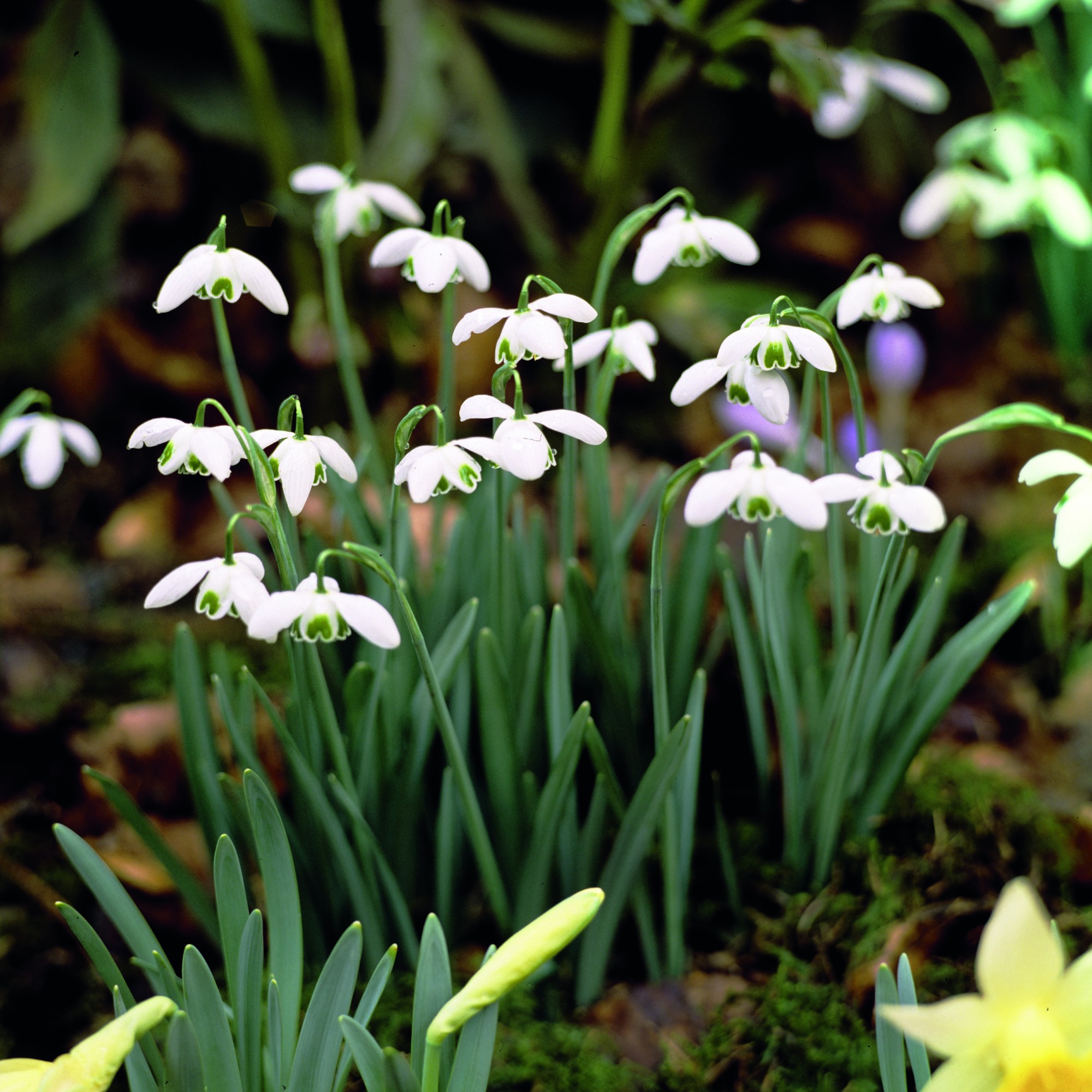
Snowdrops are another early-flowering favourite on our list of spring bulbs that come back every year. You'll often see them in wooded areas, but they make beautiful features in the garden, too.
'Snowdrops, or Galanthus, often herald the arrival of spring, sometimes blooming as early as late December,’ says Emma Fell, head of learning and development at Hillier Garden Centres.
If you're wondering when to plant snowdrop bulbs, autumn is a great time to get them in the ground.
The key to encouraging the blooms to return next year is leaving the foliage to die off naturally. 'Avoid disposing of the leaves that drop from your snowdrops, as this can significantly impact their ability to reflower next year,' adds Andrew from Rhino Greenhouses Direct.
Where to buy snowdrop bulbs:
- J Parker's: Stock up on snowdrop bulbs for early displays next year.
- Sarah Raven: Go for the classic Galanthus nivalis bulbs.
4. Bluebells
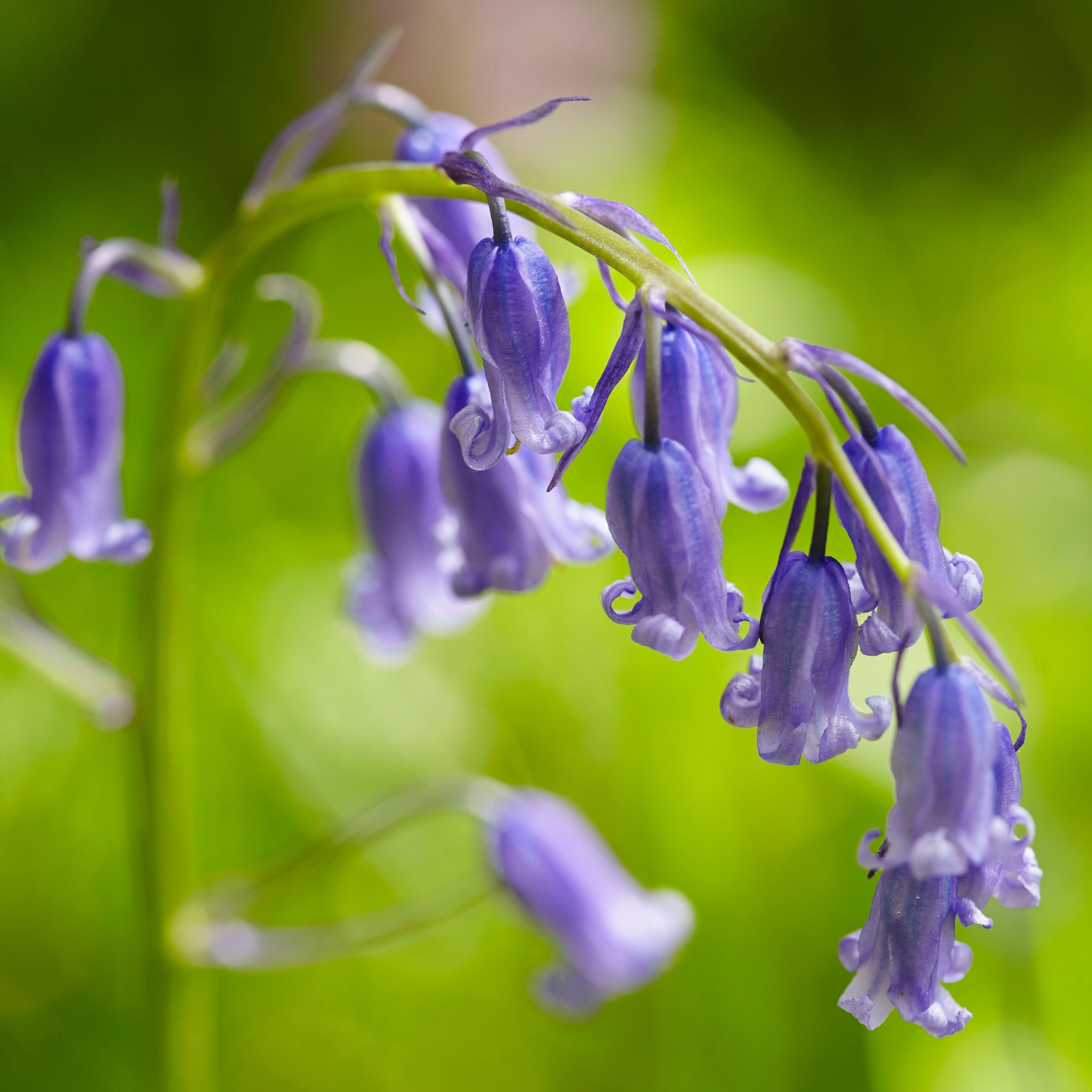
Another woodland classic, bluebells emerge every year from April to May, providing a blue carpet of dainty flowers. They thrive in shaded areas, making them a great option if you're looking for north-facing garden ideas.
Advice around how to plant bluebell bulbs is pretty relaxed. 'Plant in a somewhat random pattern to create a woodland feel in your garden,' suggests Emma from Hillier Garden Centres.
Where to buy bluebell bulbs:
- Amazon: Order in English bluebell bulbs for autumn planting.
- B&Q: Try these multi-coloured Spanish bluebell bulbs for something a little different.
5. Hyacinths
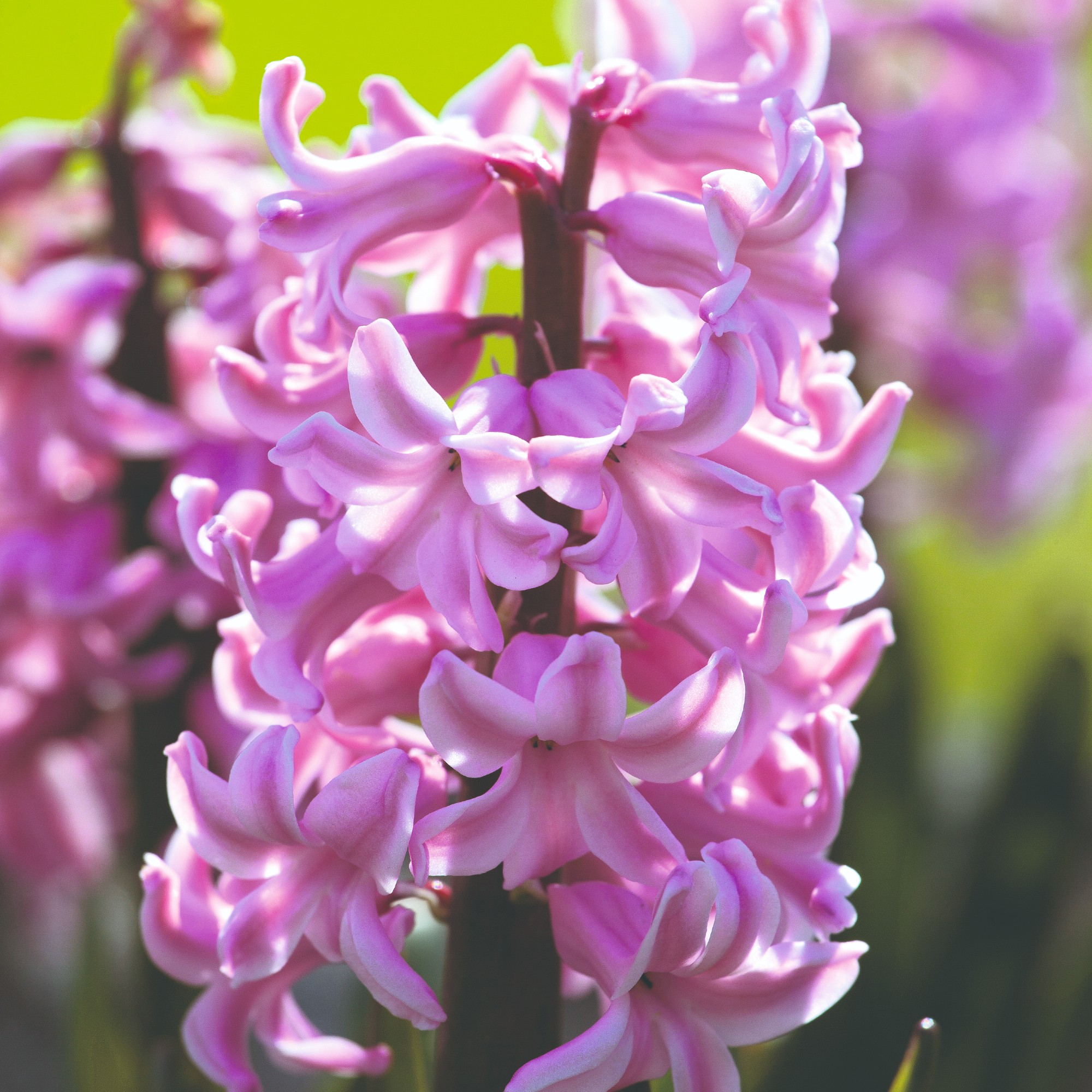
As one of the best spring bulbs for cut flowers, hyacinths produce beautiful blooms which look great in the garden and in the vase. If you want them to come back every year, they take a little more maintenance than the bulbs listed above.
'Hyacinths are a little more tricky to look after, as they require cutting back during the middle of summer to ensure they look their best throughout the winter months,' says Andrew from Rhino Greenhouses Direct. 'You'll also need to be sure to water the soil when it becomes dry in the spring and summer, as they are particularly susceptible to drying out and dying.'
If you're wondering what to do with hyacinths after flowering, Andrew recommends leaving any dying foliage or dropped leaves alone, as with snowdrops, to provide the plant with the nutrients it needs to bounce back next year.
Where to buy hyacinth bulbs:
- Crocus: We love this beautiful range of hyacinth bulbs.
- Suttons: Try the scented hyacinth 'Delft Blue' bulbs.
6. Alliums
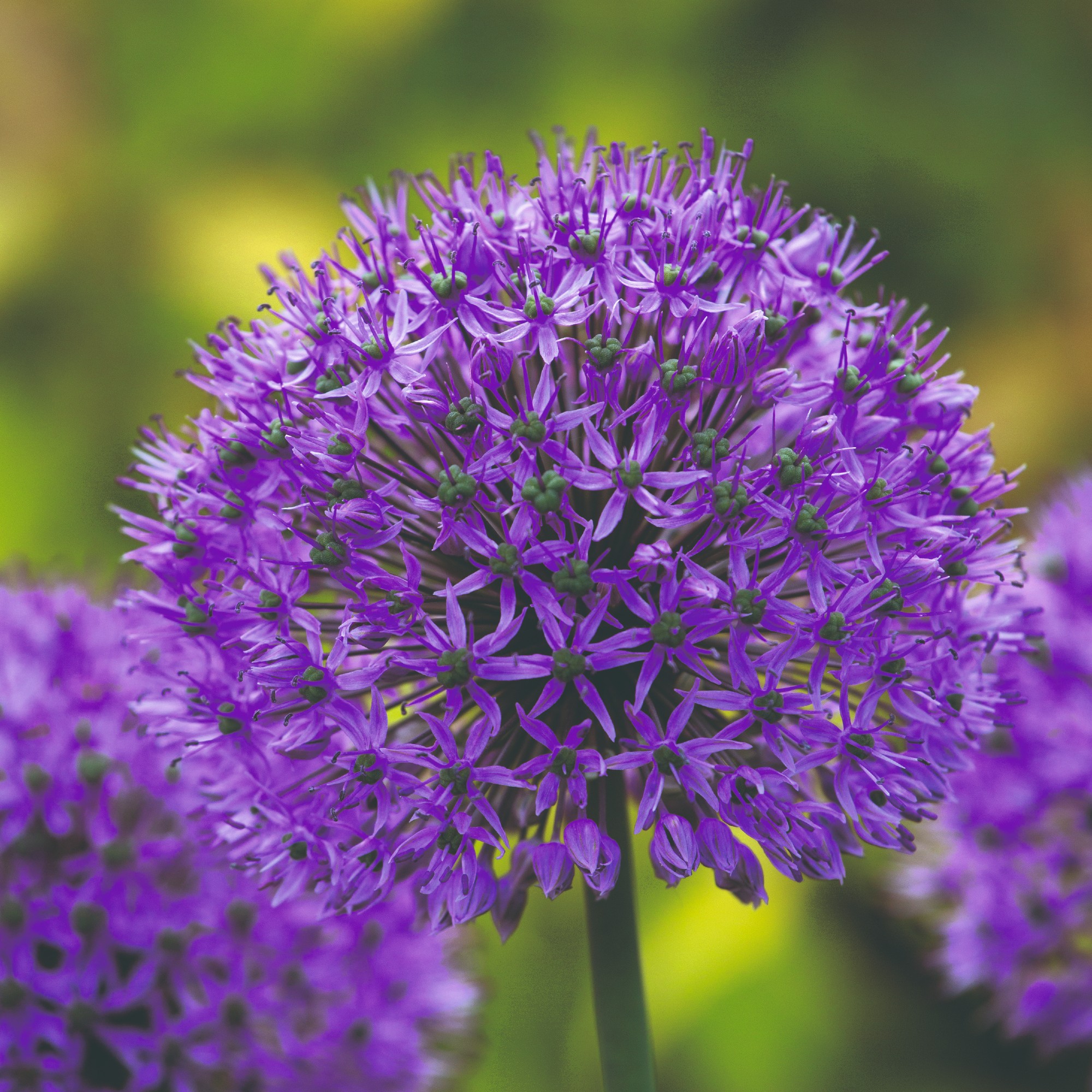
No list of spring bulbs is complete without alliums, and they're another great example of perennial bulbs that come back every year.
Just make sure you know when to plant allium bulbs initially to ensure they have enough time to establish themselves before spring arrives.
'Alliums can be left in the ground all year provided the soil is well drained,' says Angela Slater, gardening expert at Hayes Garden World. 'They will return every year – just feed with tomato fertiliser after they have finished flowering and before the foliage dies back to encourage flowering the following year.
'Don’t remove the foliage after flowering – instead, let it die back naturally.'
Where to buy allium bulbs:
- Sarah Raven: Shop this beautiful selection of allium bulbs.
- Thompson & Morgan: Try the unique Allium 'Red Mohican'.
FAQs
Do tulip bulbs come back year after year?
Although tulips are perennial spring bulbs, not all varieties will successfully bloom each year, so gardeners often treat them as annual bulbs.
However, with the right treatment, you can encourage the flowers to return – and it all comes down to what to do with tulips after flowering.
'If longevity is key, don't pick them,' advises garden designer Harriet Worsley. 'If you cut off the foliage and the flower stem, then there is nothing to die back naturally. This means the flowers from the bulb are unlikely to come back the following year, as the bulb needs the old foliage to replenish.'
Do spring bulbs multiply?
Spring bulbs provide you with real bang for your buck, especially because many varieties multiply each year. Crocuses, tulips, daffodils and various other spring-flowering bulbs love to produce clones of themselves.
Unless you want droves of blooms in the same area, you can learn how to divide perennials and plant them in other areas of your garden.
So, now you know which spring bulbs come back every year, you can invest in the varieties you'll want to see each spring.

Sophie joined the Ideal Home team as Gardens Editor in June 2024. After studying English at Royal Holloway, University of London, she began writing for Grow Your Own, which spurred on her love of gardening. She's tried growing almost every vegetable under the sun, and has a soft spot for roses and dinnerplate dahlias.
As Gardens Editor, Sophie's always on the lookout for the latest garden trend. She loves sharing growing hacks for every space, from herbaceous borders to balconies.
-
 5 signs you’ve taken decluttering too far — and how you can pull yourself back, according to organisation experts
5 signs you’ve taken decluttering too far — and how you can pull yourself back, according to organisation expertsYou might have to start resisting the urge to purge
By Lauren Bradbury
-
 What is the Party Wall Act 3m rule and is it something you should be worried about? This is what the experts say
What is the Party Wall Act 3m rule and is it something you should be worried about? This is what the experts sayDon't get caught off-guard by the Party Wall Act 3m rule — our expert guide is a must-read
By Natasha Brinsmead
-
 Shoppers can’t get enough of The Range’s lemon tree, but I’ve found an even cheaper bestseller at B&Q - it’s perfect for a Mediterranean look
Shoppers can’t get enough of The Range’s lemon tree, but I’ve found an even cheaper bestseller at B&Q - it’s perfect for a Mediterranean lookWelcome the summer with this glorious fruit tree
By Kezia Reynolds
-
 Shoppers can’t get enough of The Range’s lemon tree, but I’ve found an even cheaper bestseller at B&Q - it’s perfect for a Mediterranean look
Shoppers can’t get enough of The Range’s lemon tree, but I’ve found an even cheaper bestseller at B&Q - it’s perfect for a Mediterranean lookWelcome the summer with this glorious fruit tree
By Kezia Reynolds
-
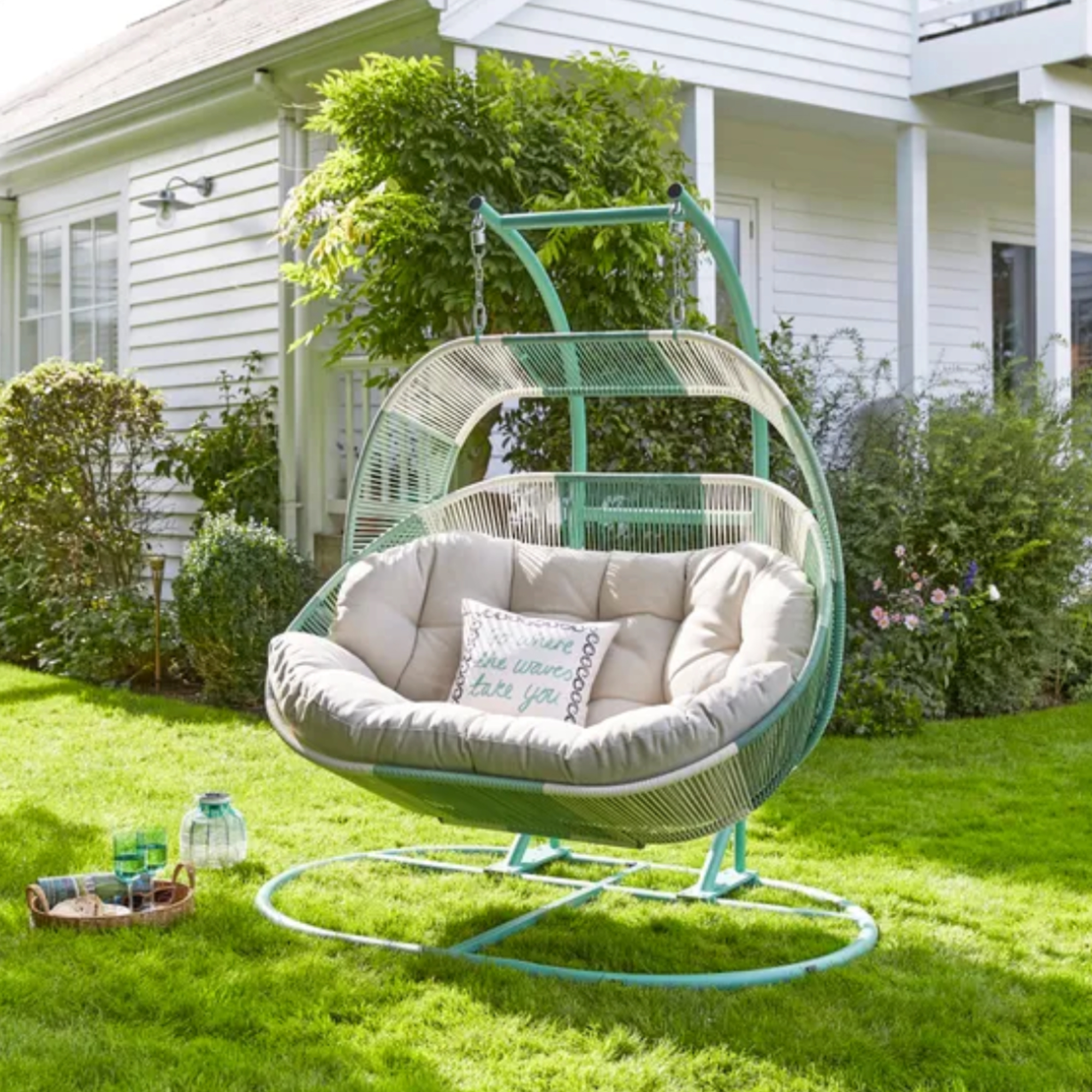 I'm a stylist with an eye for expensive-looking high street finds – these 6 garden furniture pieces at Dunelm are on my radar
I'm a stylist with an eye for expensive-looking high street finds – these 6 garden furniture pieces at Dunelm are on my radarThese pieces all look more than their price tag
By Laurie Davidson
-
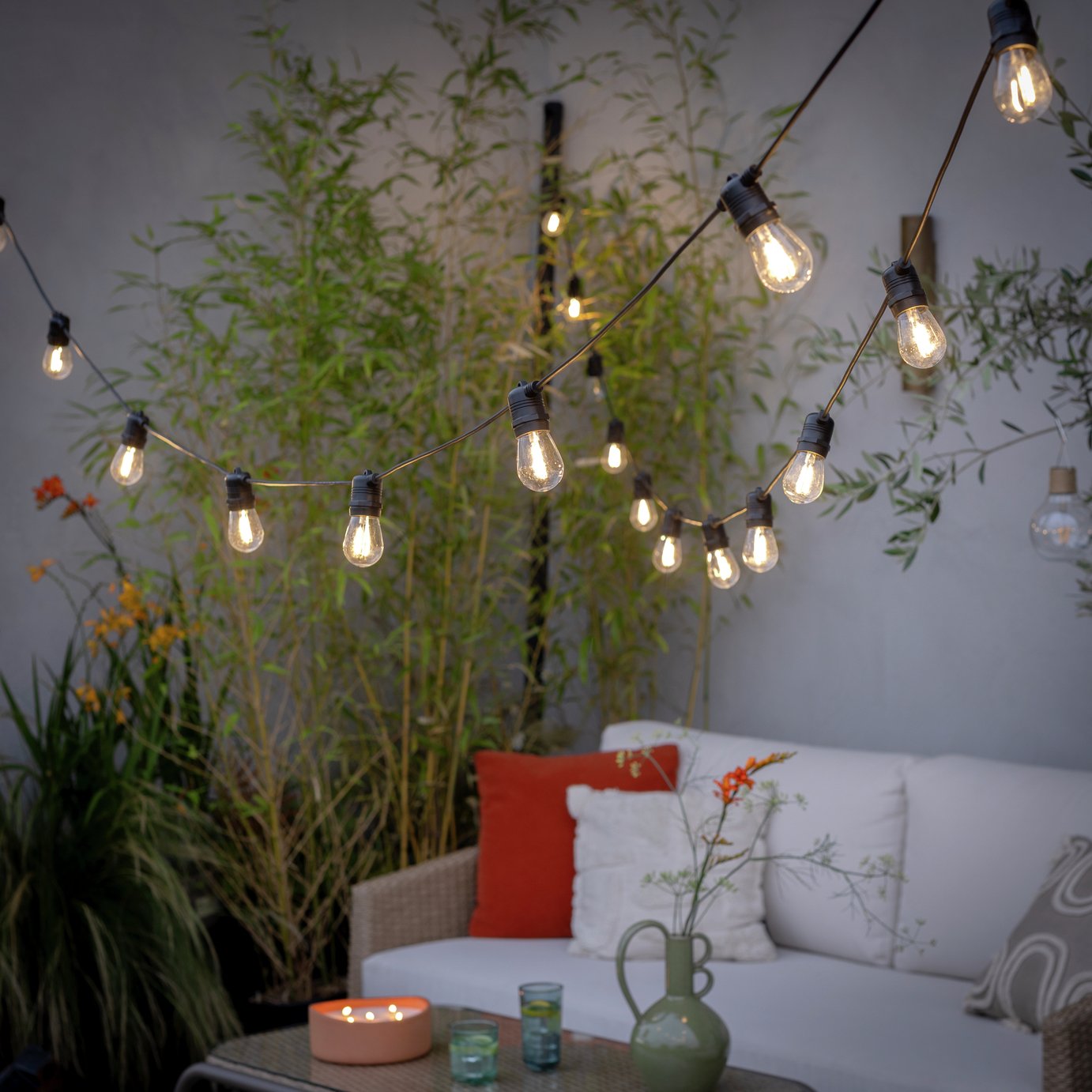 The 6 outdoor lights from Habitat that I'm choosing between to make my outdoor space look more expensive this summer
The 6 outdoor lights from Habitat that I'm choosing between to make my outdoor space look more expensive this summerI couldn’t believe some of the prices
By Ellis Cochrane
-
 Aldi is launching a £200 day bed with four different features - its sleek design is suited to the whole family
Aldi is launching a £200 day bed with four different features - its sleek design is suited to the whole familyYou don't want to miss out on this Specialbuy
By Kezia Reynolds
-
 I’m seeing pastel garden furniture at all my favourite brands this spring, but QVC’s sorbet collection impressed me the most
I’m seeing pastel garden furniture at all my favourite brands this spring, but QVC’s sorbet collection impressed me the mostFresh pastel shades are a great way to liven up your outdoor space
By Kezia Reynolds
-
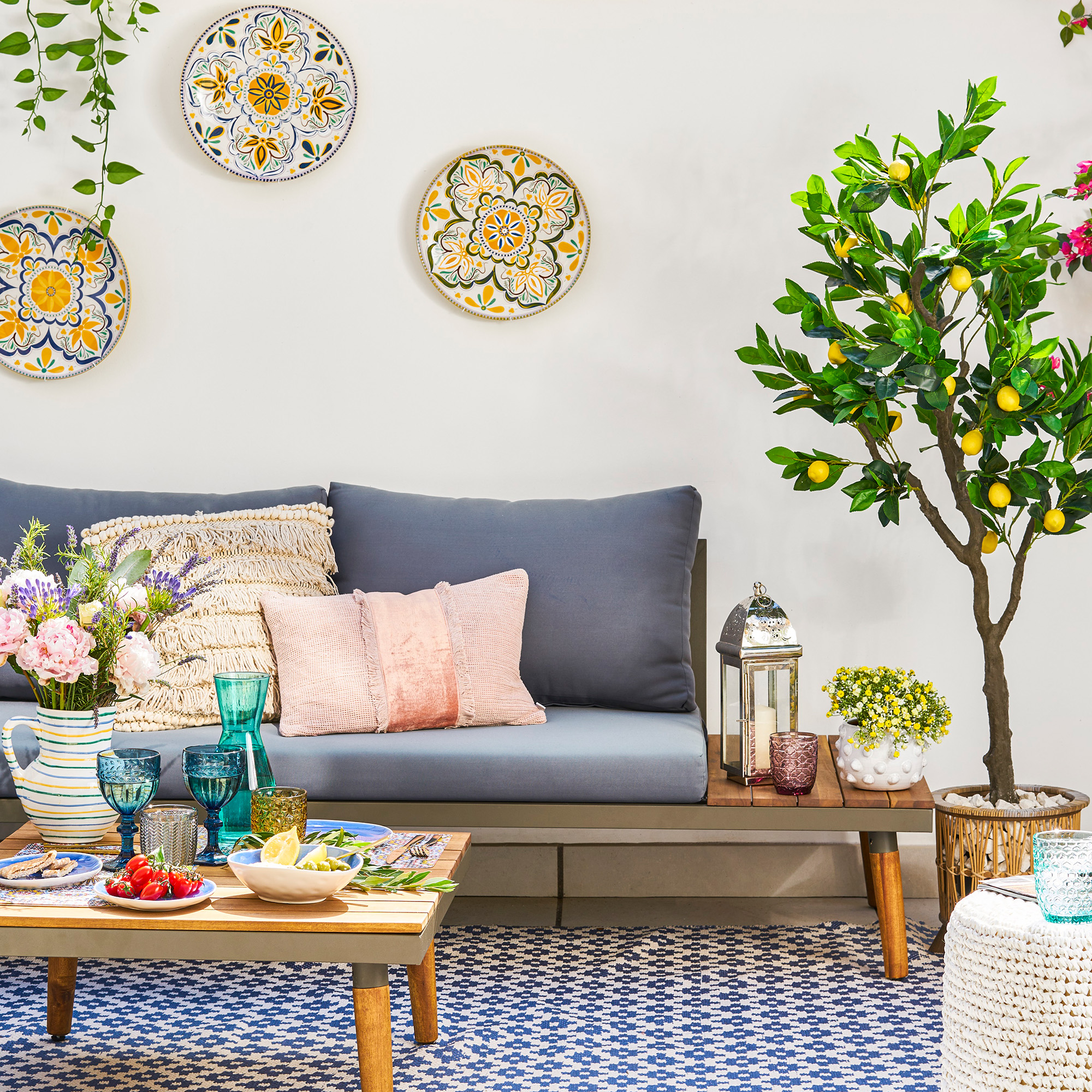 I spent the afternoon looking through Wayfair's garden sale – these are the 6 pieces I'm buying immediately for summer
I spent the afternoon looking through Wayfair's garden sale – these are the 6 pieces I'm buying immediately for summerThese are my must-have garden buys from the sale
By Holly Reaney
-
 I’ve found the perfect alternative to John Lewis’ sold-out striped garden chair – and you won’t believe where it's from
I’ve found the perfect alternative to John Lewis’ sold-out striped garden chair – and you won’t believe where it's fromJohn Lewis' Sling Garden Chair is one of the most stylish pieces of garden furniture I'd seen – until I tracked down this QVC lounge chair...
By Kezia Reynolds
-
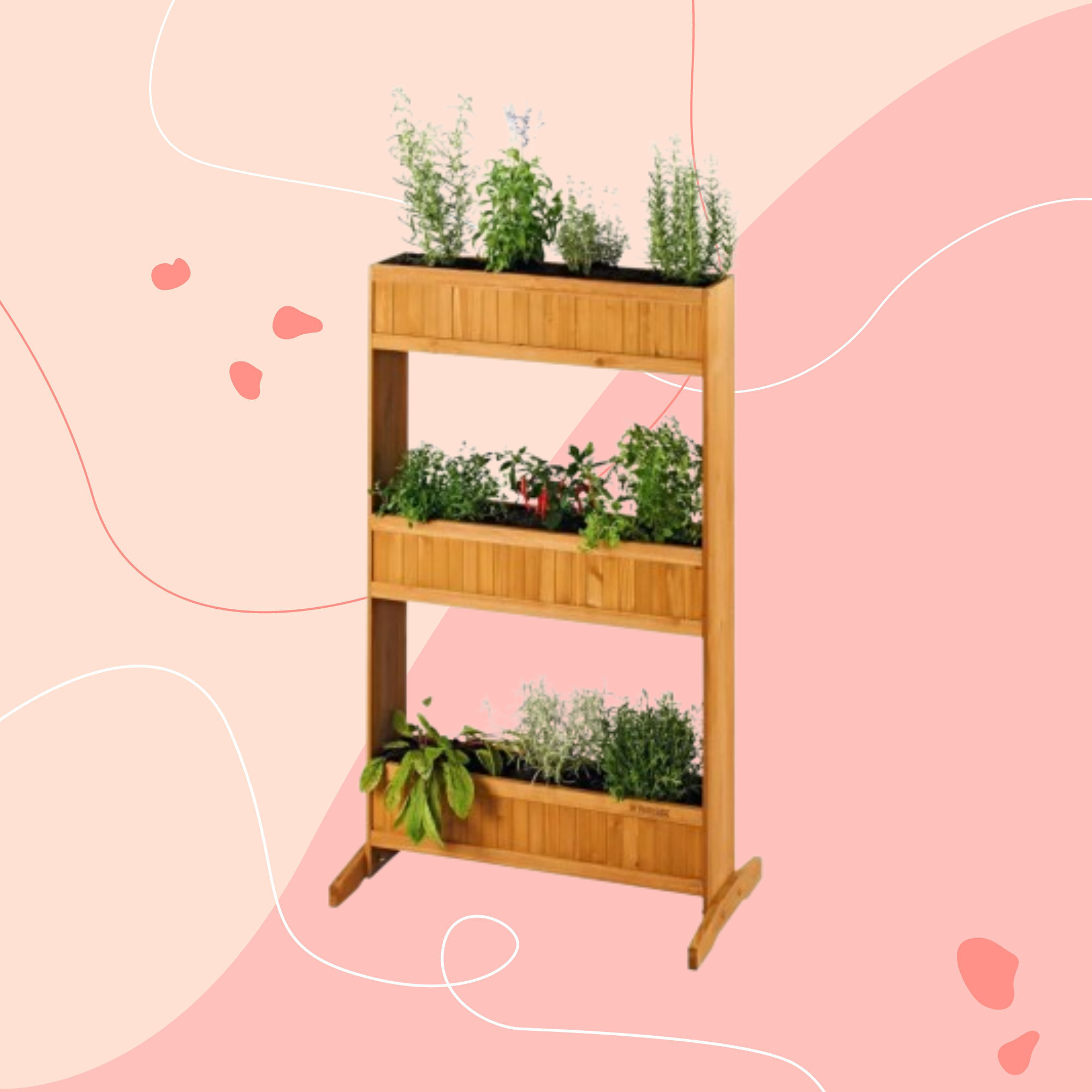 Lidl is selling a smart tiered planter that will unlock extra planting space in a tiny garden or balcony
Lidl is selling a smart tiered planter that will unlock extra planting space in a tiny garden or balconyWhy I've been eyeing this planter up for my tiny garden
By Kezia Reynolds